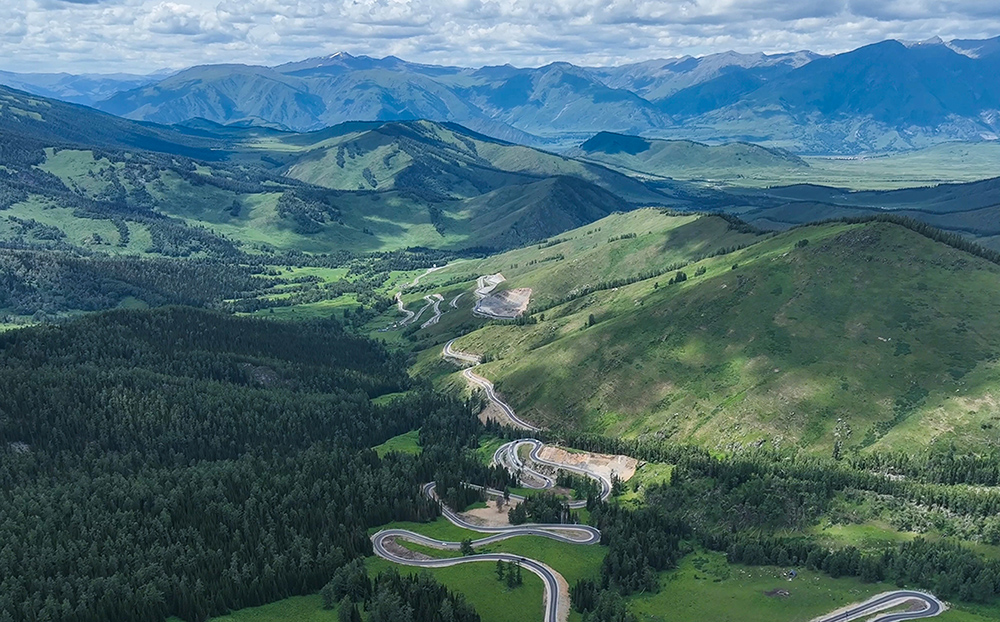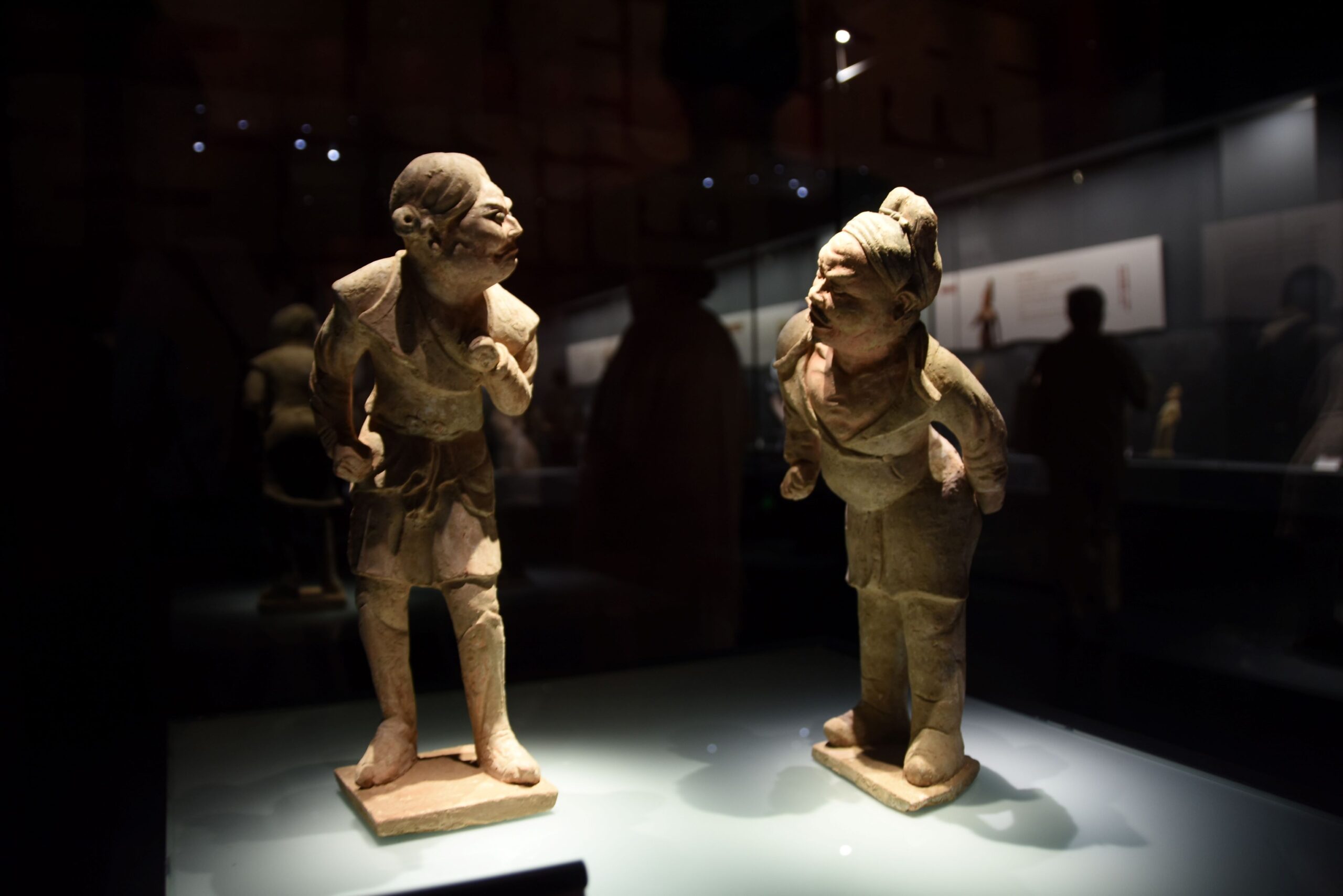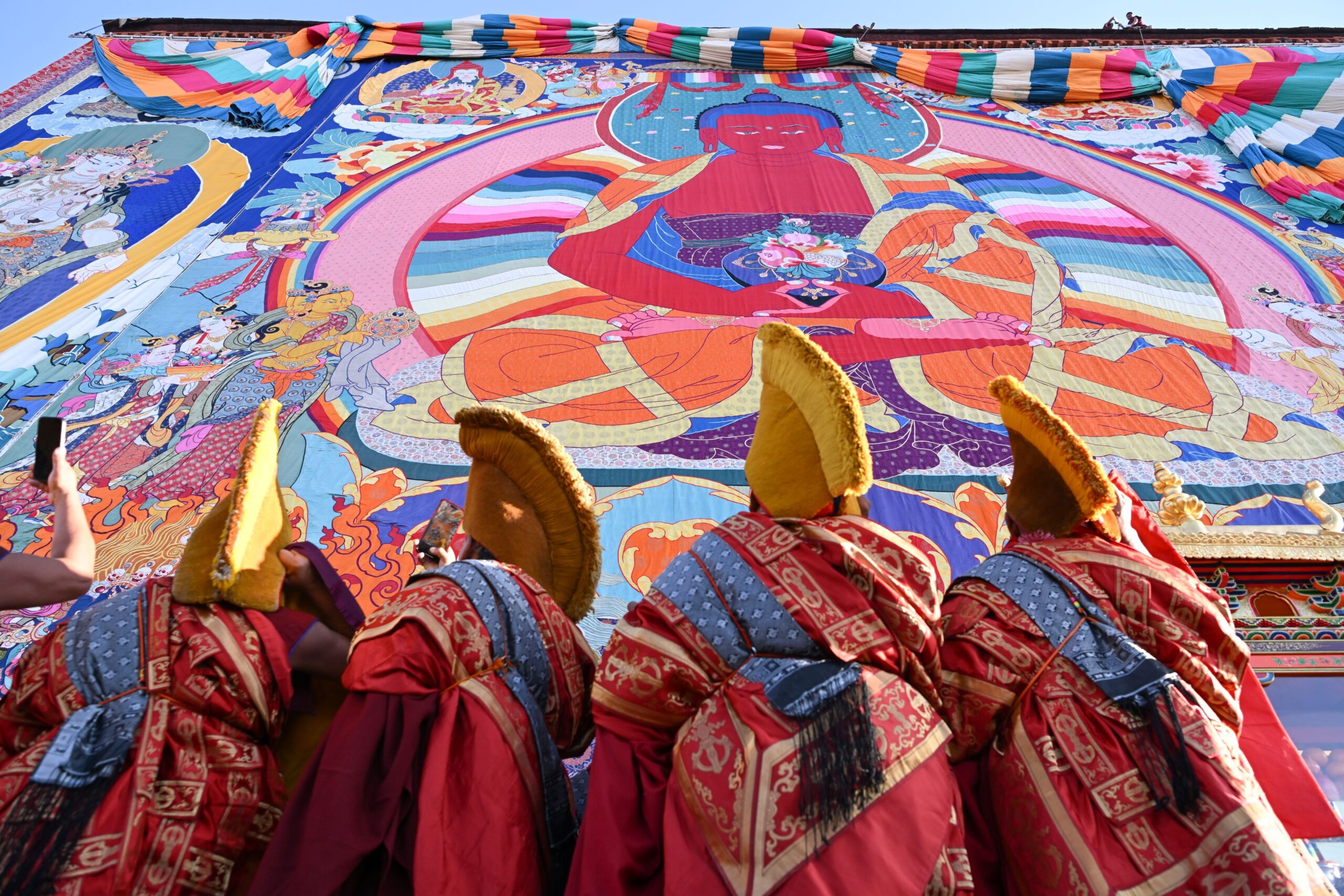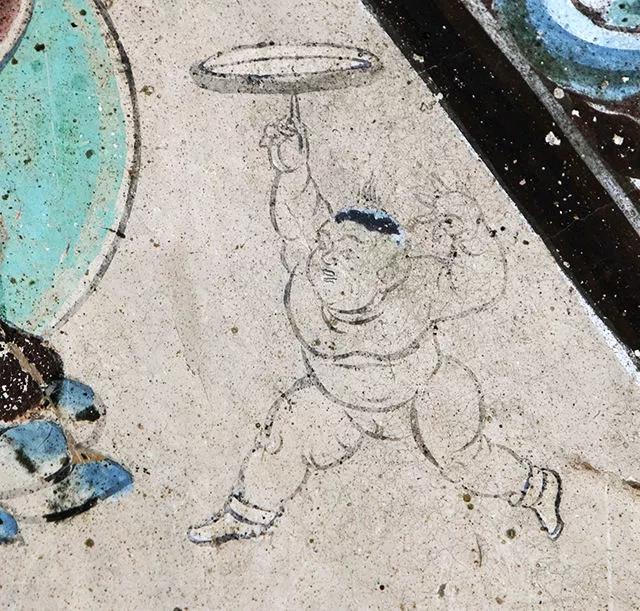Discover the scenic road trips in Xinjiang, where ancient Silk Road heritage meets modern highways across deserts, mountains, and grasslands.
Xinjiang is in the midst of its peak travel season. With summer holidays in full swing, one new road has quickly become a viral hit: the Ahe Highway (G681), connecting Altay to Hemu and Kanas. Since its official opening in late June 2024, over 30,000 vehicles have passed through, and more than 100,000 visitors have explored the route.
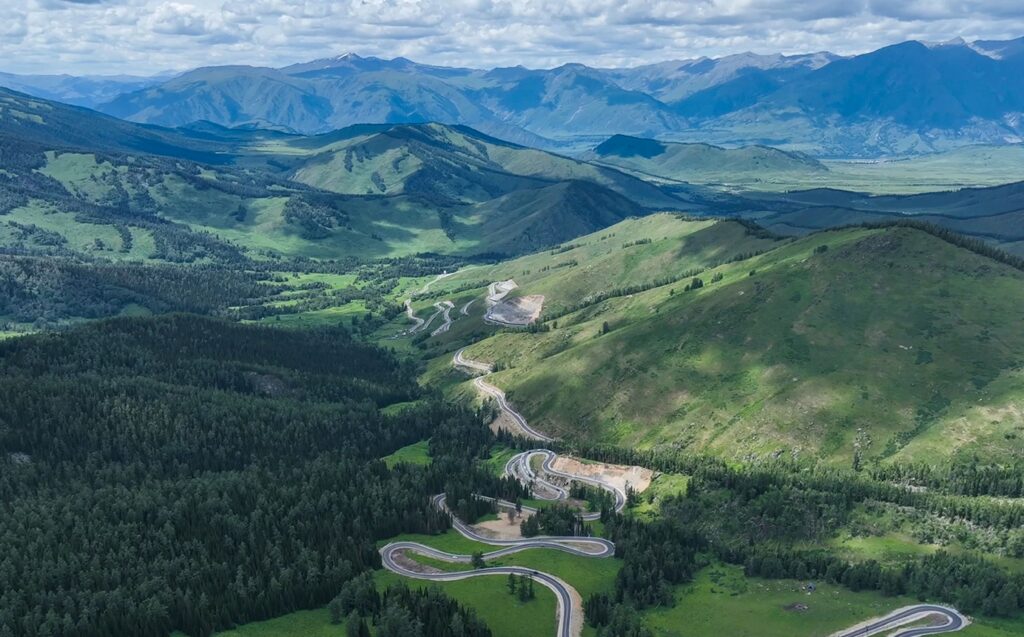
Ahe Highway: A Shortcut to Stunning Nature
Stretching more than 200 kilometers, the Ahe Highway lies in the heart of the Altay Mountains’ “Thousand-Mile Gallery.” The road links canyons, rivers, snow-capped peaks, and vast grasslands. It cuts the driving time between Altay City and the fairytale village of Hemu from six hours to just three.
“Grasslands, forests, mountains—it’s a new view with every turn. Altay truly lives up to its name,” said a traveler from Beijing who recently completed a road trip across northern Xinjiang.

Duku Highway: A Classic Road Trip Favorite
The Duku Highway, a long-time favorite for road trippers, runs across the spine of the Tianshan Mountains. Known for dramatic terrain and striking scenery—ranging from glaciers and forests to deserts and canyons—it has earned the title of “the most beautiful highway in China.”
Because of heavy winter snow and ice in the Tianshan region, the Duku Highway is only open for a few months each year. This year, it reopened on May 31, just in time for the Dragon Boat Festival holiday. Over the three-day holiday, the road saw more than 35,000 vehicles per day.
“This is my second time driving the Duku Highway. Seven years have passed since my last trip,” said a tourist from Hubei. “The scenery is even better now, the road is in great shape, and services like restrooms, gas stations, and charging points are much improved.”
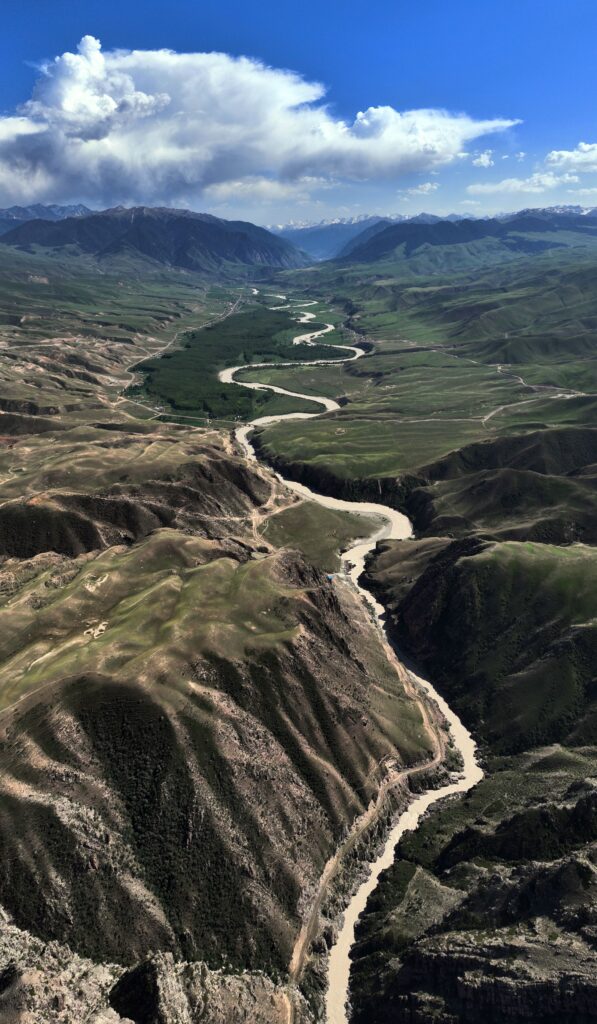
Road Infrastructure Powers Tourism Growth
The boom in Xinjiang road trips owes much to major improvements in transportation infrastructure. According to the Transport Department of Xingjiang Uygur Autonomous Region, by February 2024, the region had over 230,000 kilometers of roads. More than 94% of counties and cities are connected by expressways or first-class roads. And 95% of scenic spots rated AAA or higher are now easily accessible by major highways.
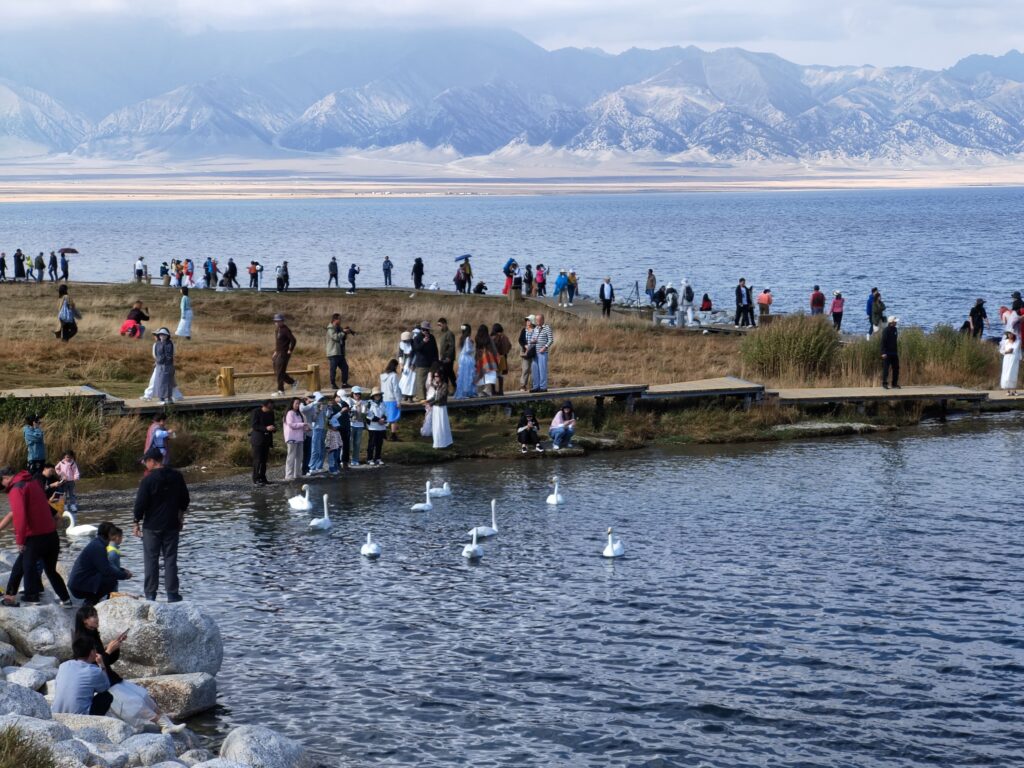
In recent years, roads like the Duku, Ahe, Yizhao, and Panlong have gained fame online as “internet-famous highways.” These routes not only attract millions of tourists but also fuel local economies, helping Xinjiang build a unique road trip culture.
In the first half of 2025, Xinjiang welcomed over 130 million visitors—a year-on-year increase of 11.15%.
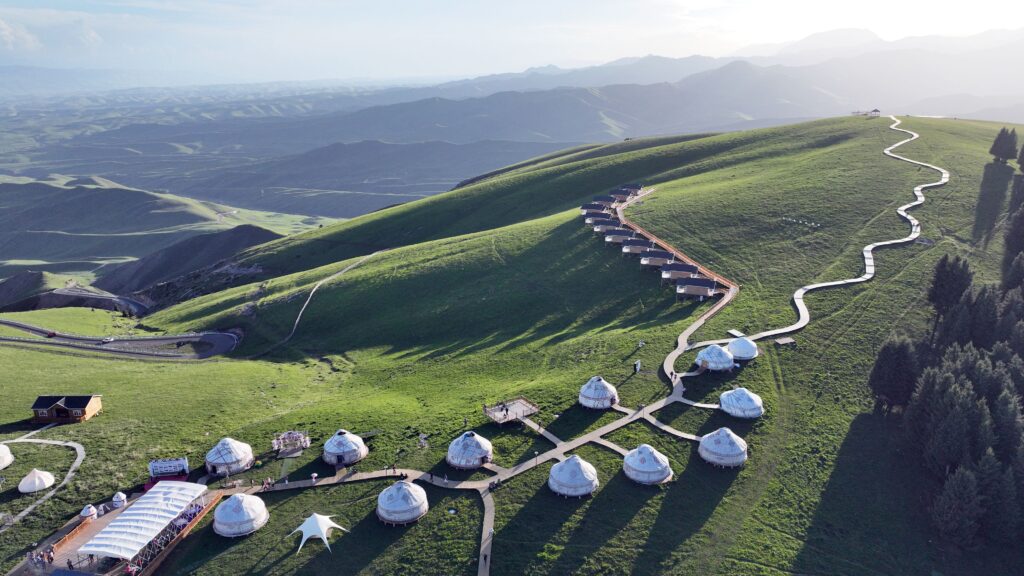
Top Road Trip Routes in Xinjiang (2024)
Here are some curated driving routes across Xinjiang for travelers who want to experience the region’s natural wonders and cultural heritage:
1. Ili River Valley Ecotourism Route
Enjoy grasslands like Nalati, Kalajun, and Tangbula. The route also includes the Duku and Yizhao highways, where snow-capped peaks, wildflowers, forests, and rivers offer a colorful landscape.
2. Eastern Tianshan Ecotourism Route
Spanning 800 kilometers from the Hexi Corridor to the Altay Mountains, this route includes Bogda Peak, the ancient Cheshi Trail, and the Turpan Basin.
3. Duku Highway Scenic Route
Running 563 kilometers across the Tianshan Mountains, it links Dushanzi in the north to Kuqa in the south. The road winds through cliffs, deep valleys, and mountain passes, offering dramatic views at every turn.
4. Tianshan Geological Corridor (S101 Route)
This drive goes from Urumqi to Bayingou in Wusu, covering landmarks such as the Sulfur Hot Springs, Kensaswat Reservoir, and Anjihai Grand Canyon. It features a range of landscapes—valleys, wetlands, snow mountains, and hot springs.
5. Western Tianshan Scenic Corridor
Visit Dushanzi Grand Canyon, Nalati Grassland, Guozigou Bridge, and Sayram Lake. See horseback performances on the Zhaosu Grassland and try local foods in Yining.
6. Altay Mountains Thousand-Mile Gallery
This world-class scenic route offers over 100 preserved natural sites and nearly all known types of natural landscapes, making it a dream for nature lovers and photographers.
7. World Heritage Route
This includes the four areas of the Tianshan Mountains recognized as World Natural Heritage Sites: Tomur, Kalajun–Kuerdening, Bayinbuluk, and Tianshan Tianchi. They highlight the unique beauty and biodiversity of temperate arid mountain zones.
8. Taklamakan Desert Adventure Route
Start from Korla and circle the world’s second-largest desert. Visit the ancient Tarim River, explore the “living fossil” Populus euphratica forest in Luntai, and stop at the Kunlun Mountains and Buddhist heritage sites near Hotan.
9. Southern Silk Road Cultural Route
Discover the charm of Kashgar Old Town, the grandeur of Tianshan’s Red Cliffs, the elegance of Hotan jade, the majesty of Muztagh Ata, and the rich local traditions of southern Xinjiang’s streets and markets.
Wrriten by Chen Wang, additional reporting by Jintai.com.cn, cri.cn, and CNS.
If you liked this article, why not read: Let’s celebrate the Spring Festival in Xinjiang International Grand Bazaar

